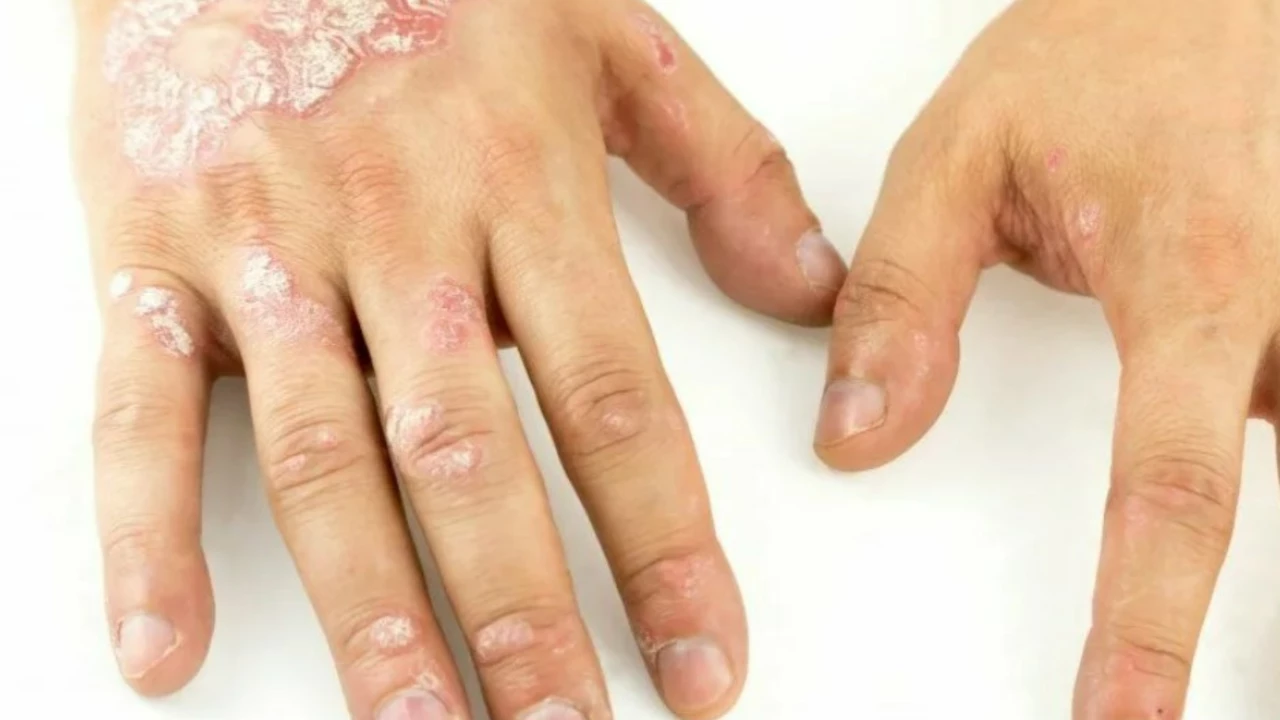Plaque Psoriasis: What It Is and How to Handle It
Plaque psoriasis shows up as raised, red patches covered in silvery scales. Most people first notice it on elbows, knees, scalp or lower back, but it can appear anywhere. The skin cells grow too fast, so they pile up instead of shedding normally.
Spotting the Signs
If you see a patch that feels dry, itchy and sometimes painful, chances are it’s plaque psoriasis. The patches often have well‑defined edges and a shiny surface. You might also notice cracking or bleeding when the skin is scratched.
The condition isn’t just skin deep – many folks report joint pain, fatigue or nail changes like pitting. Those extra symptoms can be clues that the psoriasis is affecting more than just the surface.
Managing the Flare‑Ups
First thing to try is a good moisturizer. Thick creams keep the skin barrier strong and reduce scaling. Apply right after a shower when the skin is still damp for best results.
Topical treatments are the next step. Over‑the‑counter corticosteroid ointments calm inflammation fast, while vitamin D analogues slow down cell growth. If those don’t work, ask your doctor about prescription creams that combine two active ingredients.
Light therapy (phototherapy) can be a game changer for stubborn patches. Controlled exposure to UVB light slows the rapid skin turnover without the side effects of strong medicines. Usually you need a few sessions each week for several weeks.
When psoriasis covers large areas or affects joints, oral or injectable drugs may be needed. Modern biologics target specific immune pathways and can keep flare‑ups at bay for months. Discuss risks and benefits with your doctor before starting any systemic medication.
Lifestyle tweaks also help keep the condition in check. Stress is a common trigger, so simple practices like deep breathing or short walks can lower flare frequency. Limit alcohol and quit smoking – both are linked to worse psoriasis outcomes.
Watch your diet too. Some people feel better when they cut back on sugary foods and increase omega‑3 rich fish or flaxseed. While food isn’t a cure, a balanced diet supports overall skin health.
Finally, protect your skin from injury. Even a small scrape can start a new plaque – this is called the Koebner phenomenon. Wear soft fabrics, avoid harsh soaps and keep nails trimmed to reduce scratching.
Putting these steps together creates a practical plan you can follow day by day. Remember that psoriasis varies from person to person, so it may take some trial and error to find what works best for you. Stay patient, stay consistent, and don’t hesitate to reach out to a dermatologist for personalized advice.
Alright, folks, let's dive into the world of plaque psoriasis, that pesky skin condition that's as stubborn as a mule and twice as annoying. Firstly, the culprit behind this scenario is your own immune system, playing a prank on you by speeding up skin cell growth. What a joker, huh? It's like it's on a caffeine binge! Symptoms? Imagine red, flaky patches of skin that seem like they're ready for a snowfall in July. But don't worry, with treatments like topicals, light therapy, and meds, we've got more solutions than a high school algebra class! So, here's to understanding plaque psoriasis, may we all become masters in the art of skin care.

